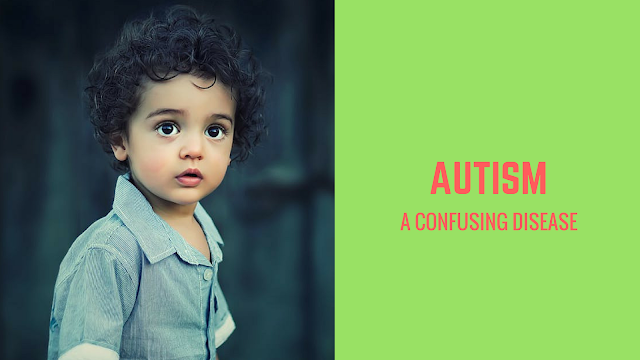Autistic Spectrum Disorder (ASD) is a disorder involving delays in the development of basic skills such as social skills and effective communication skills. Autism, being a condition that is described as a “spectrum” , can also show varying degrees of abnormalities in regards to the persons’ intellect and ability to relate and cope in general society.
SYMPTOMS
ASD can be detected in young children from as early as age 3. Some of the warning signs include:
- Difficulty with using and understanding languages
- Difficulty with non-verbal communication like facial expression
- Problem in interacting with people
- Lack of ability to participate in conversations
- Difficulty in making friends
- Repetitive behavior or action like head-banging
- Attention towards unusual objects
- Inability to adjust with the surroundings
CAUSES
The exact causes of ASD are still yet to be proven, however, research has shown these to be some of the contributing factors:
- Hereditary –Researches suggests that autism can be passed on by the parents to the children.
- Neurological factors –Studies also suggests that abnormalities in a certain region of the brain can also trigger autism.
- Complication at birth – improper development of early brain inside the mother’s womb can also trigger autism in the child.
DIAGNOSIS
In the presence of the mentioned symptoms, a specialist will carry out a battery of test to determine the severity of the disorder within the boundaries of the spectrum. This involves neurological, academic and behavioral examinations.
TREATMENT

The treatment for autism includes a combination of the following –
- Speech, physical or occupational therapy (to increase the useful activities)
- Special education (to meet unique educational needs)
- Social skills therapies (to increase the ability to socialize)
- Behavior modification (to develop positive behavior)
- Medication


